Dive Details
Location
Date
Wednesday 1 August 2018
Time
10:25am - 12:20pm
Details
My aim for 2018 was to complete 200 dives but I had been falling behind due to bad weather and colds. I had 5 days off in a row and so planned to do 6 dives to catch up on my target. This was the first of the 6 dives. Mike and Aidan joined me for a dive at The Leap. The forecast was for relatively calm conditions and the water looked good.
Just before we got in, Aidan discovered his computer was not working properly and was not telling him his air pressure. He'd cut the dive short to be on the safe side. We got in from the low platform and swam out on the surface. Mike and Aidan drifted some way towards The Steps and I had to swim over to them. We descended and headed at around 30° to the sand line. We arrived near Ian's Pygmy Rock. Visibility was only around 3 metres and there was a lot of snot algae in the water. The current wasn't very strong. The water temperature was around 16°C. We turned left and headed towards The Steps.
We swam past Seahorse Rock and on to the flat rocks with sponges. Mike found a male weedy seadragon with eggs and was photographing it, I then remembered the Phenacovolva cowrie that Mike had found 3 months ago and swam up to see if it was still there, directly above the weedy seadragon. The sea fan was covered in snot algae which I tried to pick off. I then spotted two pygmy pipehorses right next to the cowrie, a male (IL2018080101) and a female (IL2018080102). I then photographed the male weedy seadragon with eggs.
I swam on towards Southern Cross Rock and found two weedy seadragons on the sand on the way there.
We swam on into Seadragon Alley. I spotted a common Sydney octopus at the start of Seadragon Alley. I looked around for the juvenile weedy but couldn't find it. We found another male weedy seadragon with eggs. He had so many eggs he was having troubled swimming.
We continued to the end of Seadragon Alley and on to the red Stigmatopora sp. pipefish. I initially couldn't see the large of the two but their algae were covered in snot algae and I finally spotted both of the pipefish. I pointed them out to Aidan and then he had to move on.
I left Mike taking photographs of the pipefish and continued along the sand line towards Big Rock. I looked at all the rocks along the way to Big Rock for anglerfishes but found none.
I slowed down around Big Rock and then headed up to the rock with the one-eyed seahorse. I found the seahorse. Mike caught up to me at the seahorse.
We swam on towards New Basket Star Rock. I looked on Miamira Rock for the grey red-fingered anglerfish that I last saw there on Saturday. I couldn't find it. Mike and I looked around the area and then Mike indicated he need to head to the exit as he'd gone through his air more quickly than expected. Just after Mike left I spotted the grey red-fingered anglerfish on New Basket Star Rock. I can tell it is different than the one that Mike found as it has less red on the face.
I swam past the basket star and on to Diversity Rock. I looked over Diversity Rock for some time but I was not able to find any pygmy pipehorses.
I found my juvenile orange painted anglerfish on its usual rock near Diversity Rock. It is still very small and doesn't seem to be growing.
I followed the sand line and stopped just before Little Big Rock to look for the pygmy pipehorses I have seen there. I found the male (IL2018072501) straight away. I looked around for some time but was not able to find the female.
I looked on Little Big Rock for the salmon red-fingered anglerfish but could not find it anywhere on the rock. I expanded my search and found it on a small rock directly behind Little Big Rock.
I headed to the large rock behind Little Big Rock to look for the pair of pygmy pipehorses that I have seen there recently. I found the male (IL2018072002) in front of the yellow sponge and with a a bit more searching I found the female (IL2018072001) up and to the left.
I swam past Di's Rock and on to the nearby rock with pygmy pipehorses. I found the female, "Di" (2018061401) but even after much searching I was unable to find the male.
I headed along the sand line to the rocks where the orange red-fingered anglerfish has been. I found it back in the gap where I have seen it on a few occasions.
I was running low on air so I swam to the boulders and ascended to 5 metres. I did my safety stop as I swam to Split Rock. I finished my safety stop and swam underwater to the exit and got out.
Buddy
Aidan Slevin, Mike Scotland
Seas
Calm
Visibility
3 to 5 metres
Duration
115 minutes
Maximum depth
21.4 m
Average depth
14.0 m
Water temperature
16°C
Dive Profile from Garmin Descent Mk1
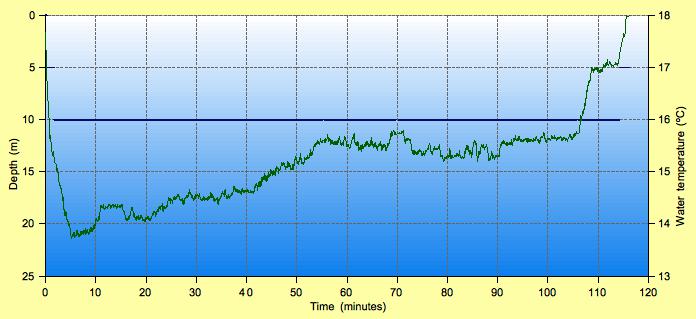
Tides at Botany Bay AEST
Note that tides at dive site may vary from above location.
Low
5:06am
0.43m
High
11:13am
1.39m
Low
4:53pm
0.60m
High
11:09pm
1.62m
Camera gear
Camera
Nikon D500
Lens
Nikon AF-S Micro Nikkor 60mm f/2.8G ED
Housing
Ikelite 6812.5
Lens port
Ikelite Flat Port 5502.41
Strobe
2 x Ikelite SubStrobe DS161
Photographs
Depth information, where present, indicates the depth of the camera when the photograph was taken and can be used to approximate the depth of the subject.

Spindle cowrie, Phenacovolva sp. 18.1 m.

Male Sydney pygmy pipehorse, Idiotropiscis lumnitzeri, (IL2018080101). 18.2 m.

Female Sydney pygmy pipehorse, Idiotropiscis lumnitzeri, (IL2018080102). 18.2 m.

Pair of Sydney pygmy pipehorses, Idiotropiscis lumnitzeri, (IL20180080101, IL2018080102). 18.3 m.
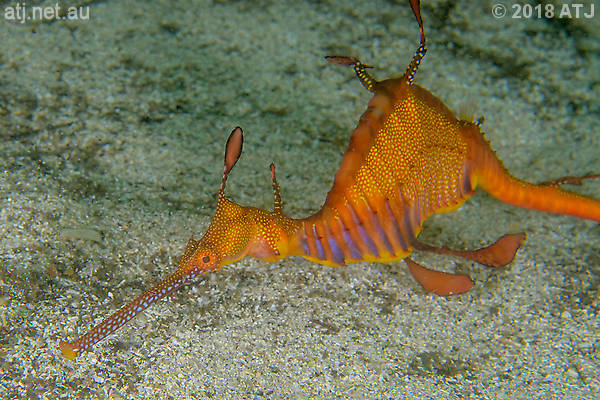
Weedy seadragon, Phyllopteryx taeniolatus. 19.4 m.

Common Sydney octopus, Octopus tetricus. 17.9 m.

Red wide-body pipefish, Stigmatopora sp. 16.8 m.
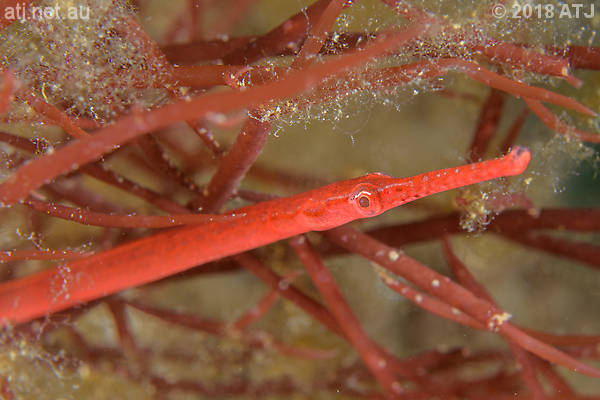
Red wide-body pipefish, Stigmatopora sp. 17 m.
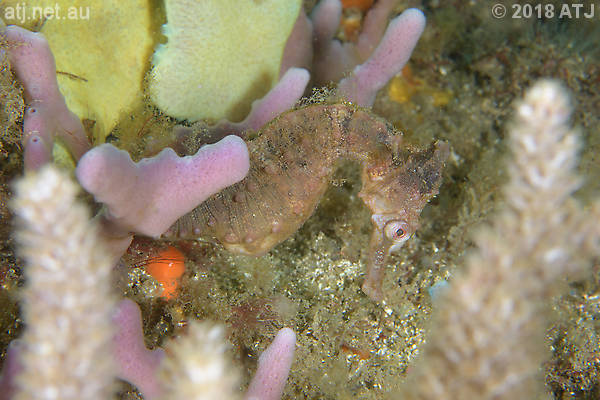
Female White's seahorse, Hippocampus whitei. 11.9 m.

Red-fingered anglerfish, Porophryne erythrodactylus. 11.4 m.
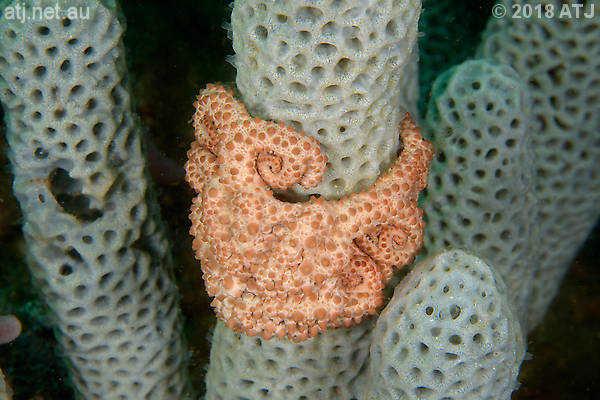
Basket star, Astrosierra amblyconus. 11.9 m.
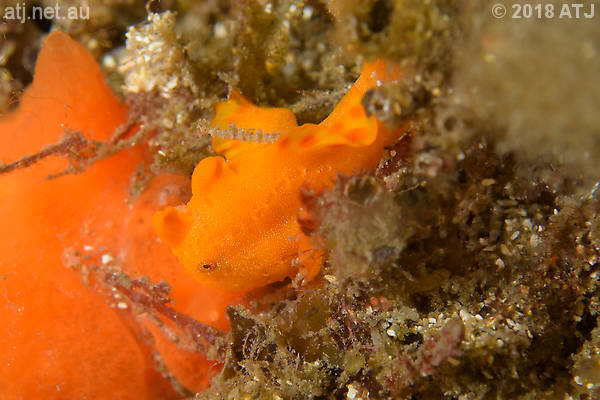
Juvenile painted anglerfish, Antennarius pictus. 12.8 m.
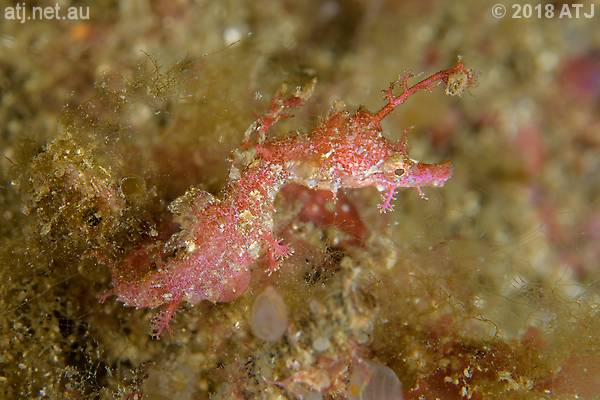
Male Sydney pygmy pipehorse, Idiotropiscis lumnitzeri, (IL2018072501). 13.5 m.
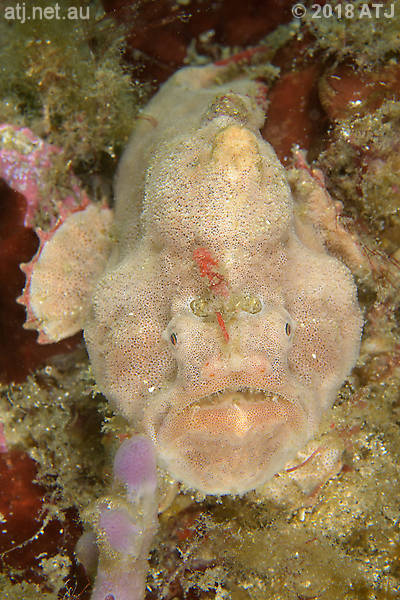
Red-fingered anglerfish, Porophryne erythrodactylus. 12.4 m.
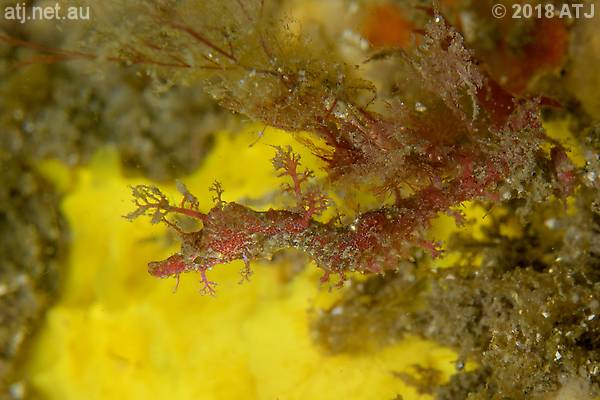
Male Sydney pygmy pipehorse, Idiotropiscis lumnitzeri, (IL2018072002). 12 m.
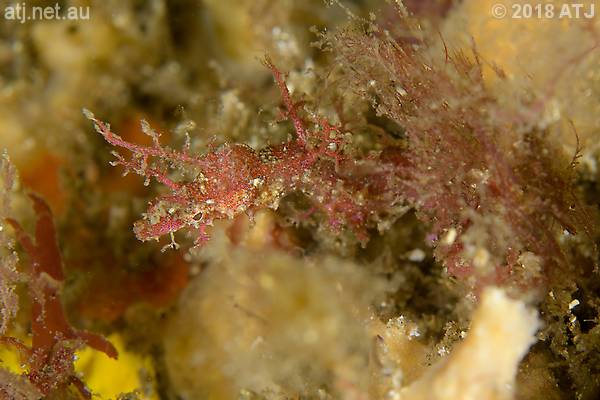
Female Sydney pygmy pipehorse, Idiotropiscis lumnitzeri, (IL2018072001). 12 m.

Female Sydney pygmy pipehorse, Idiotropiscis lumnitzeri, (IL2018061401). 11.8 m.

Red-fingered anglerfish, Porophryne erythrodactylus. 11.3 m.